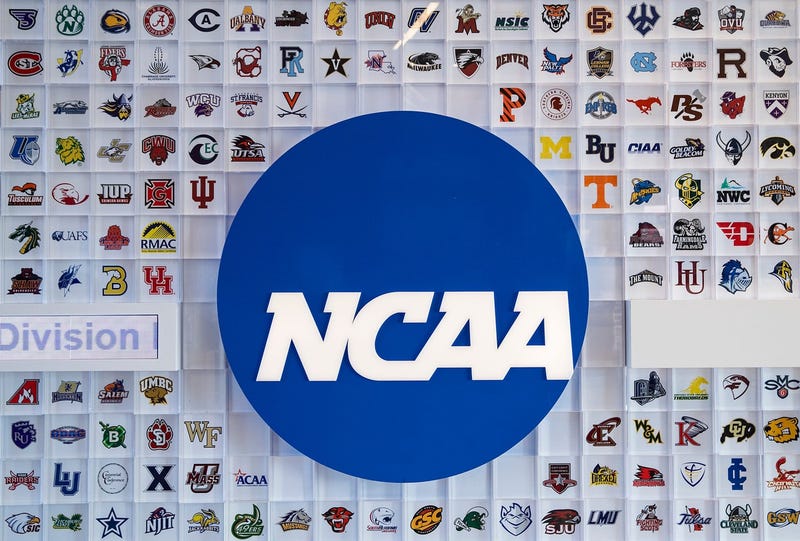
PITTSBURGH (93.7 The Fan) – How the NCAA is run right now faces unsure future as Monday’s US Supreme Court ruling might redefine what a college athlete is or how college athletics works.
“It’s confusing, it’s evolving, it’s completely unclear,” Duquesne University Associate Sports Marketing Professor Ron Dick told 93.7 The Fan. “Everyone is concerned. It’s a hot mess.”
The Supreme Court of the United States unanimously affirmed Monday a ruling allowing for incremental increase in how college athletes can be compensated. This upheld a district court decision that the NCAA was violating antitrust law by placing limits on the education-related benefits that schools can provide to athletes.
The 9-0 ruling allows colleges and universities to provide athletes with unlimited compensation as long as it is in some way connected to their education. They suggest the NCAA works through the details with the United States Congress, although lawmakers have been wary of getting involved in the past.
Many voters double as college sports fans.
“The bottom line is that the NCAA and its members are suppressing the pay of student-athletes who collectively generate billions of dollars in revenues for colleges every year,” wrote Supreme Court Justice Brett Kavanaugh. “Those enormous sums of money flow to seemingly everyone except the student-athletes.”
This is in line with the income coming soon to college athletes for use of their name and image likeness or NIL. Numerous schools including Pitt, West Virginia and Duquesne recently partnered with companies to help their student-athletes maximize earned money while in college.
The premise here is they get a third party to give extra thousands or in some cases tens of thousands of dollars to an athlete to appear in advertisements or in-person for autograph sessions, etc. The beauty of NIL for schools is that it eliminates the legality of Title IX which states basically whatever men get, so do female athletes. The schools wouldn’t be responsible for adhering to that rule because the money is not coming from the college.
This ruling really could change it. It allows for the potential of schools directly paying athletes, maybe not in cash, but it extra benefits.
If that becomes the norm, a battle could be how do you determine what is fair compensation, or benefit, for a Heisman Trophy winner compared to a bench-rider in a woman’s sport. Or should the last man on the bench of the UConn baseball team be offered the same package as All-American basketball player Paige Bueckers?
Will the money work out equally? How do schools split up the money between the genders or sports? How can schools pay for non-revenue generating sports, which most of them are?
“Haves and have-nots,” Professor Dick said. “I think the Power 5 (conferences) will have the ability to take this and run. It will be harder to see George Mason go to the Final Four for men’s basketball like they did in 2006. You won’t see that as much. It will hurt the non-BCS conferences (of which there are 30 including Duquesne’s Atlantic 10 and Robert Morris’ Horizon League).”
This is evolving and because of that, local university administrators declined requests for interviews to discuss it further. Fair to say they are still gathering information and trying to figure out their future path.
“It’s very confusing to a lot of people right now,” the Duquesne professor said. “I don’t think the NCAA in Indianapolis totally understands it. I think Indianapolis is very much fearful the Power 5 football conferences are going to pull away from the NCAA and say we don’t need you. We can run this thing ourselves.”
To repeat what Ron Dick said earlier, ‘this is a hot mess’.
